“Blue is the colour…” or so the song famously claimed.
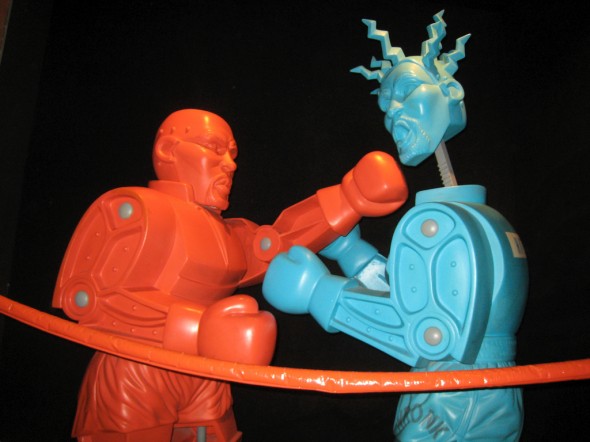
But is it? Or is it red?
Colour effects of Football Kits
What exactly are the ramifications of different kit colours for those on the field of play? Just what are the psychological effects on the opposition?
Over the years the widest extremes of the hues and tones of the colour spectrum have been used to design a vast array of kits up and down the footballing pyramid.
Traditionally Liverpool wore red shirts and white shorts until 1964, when manager Bill Shankly decided to change the shorts to red too.
At the suggestion of Anfield legend Ian St John, red socks were added and the famous all-red kit was born.
Shankly believed this innovation would have a psychological impact on opponents. History may bear him out as Liverpool enjoyed phenomenal success through the late 60s and throughout the 70s and 80s.
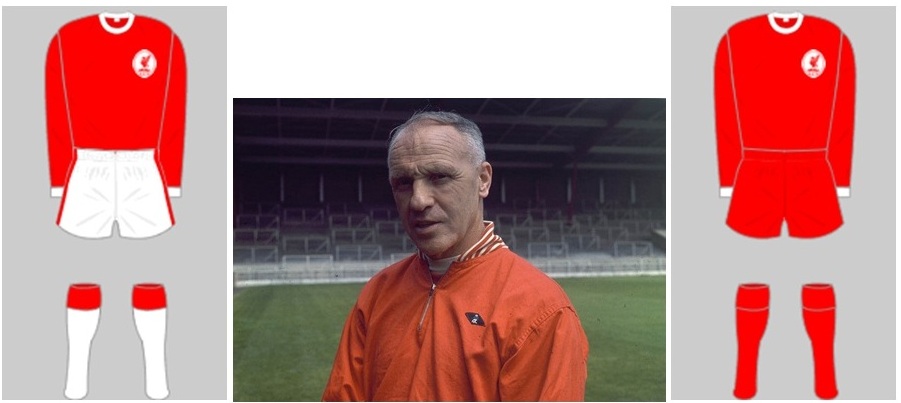
Rather less famously perhaps is the fact that Torquay United once painted their away dressing rooms pink in an effort to gain a small advantage over their adversaries.
The colour pink is generally considered to be calming, and in that respect it was intended to lull the Gulls’ opponents into a passive state of lethargy.
Sadly, we don’t have any statistics to verify whether Torquay did in fact steal a march on their opponents throughout this period.
While Shankly believed that LIverpool’s all-red kit would intimidate opponents, what of other kit colours?
Well blue evokes feelings of dependability, authority and can be considered trustworthy. It makes people feel restful and refreshed. The all blue of Chelsea has become synonymous, and under Mourinho helped to make his team look like a team of giants with Terry, Drogba, and Lampard to name few, all big physical players.
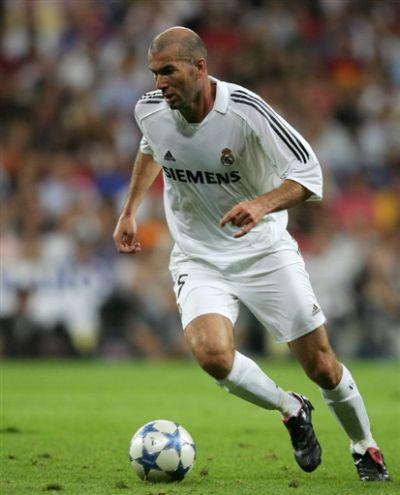
White suggests purity and cleanliness, while black is dramatic, powerful and elegant. The top teams have only flirted with the idea of black away kits? It seems to work for New Zeeland in rugby could those psychological effects carry over to football? The most successful example of a pure success story comes from Spain where Real Madrid, who play in an all-white kit, have historically dominated La Liga being crowned Spanish champions a whopping 32 times. Real Madrid are also the most decorated club in Europe having won the champions league on 9 occasions, more than any other club.
Interestingly, grey is considered to be a negative colour. It suggests evasion and non-commitment and indicates a lack of involvement.
Didn’t Sir Alex Ferguson famously blame a 3-1 defeat at the hands of Southampton on a grey kit?
Ferguson claimed: “The players couldn’t pick each other out.”
And Southampton’s colours that day? Red and white stripes of course. An English team have never been overly successful playing in stripes, Blackburn rovers being the only striped team to have won the league in the last 40 years. If we look to Europe again and see the success of AC Milan, who have won the champions league on 7 occasions, then we can see that striped kits can also be a recipe for success, with their famous black and red stripes being feared across Europe.
A 2007 study carried out by the University of Plymouth and the University of Durham certainly indicated that red enhances performance.
The study established that since 1947, teams wearing red in English football have been champions more often than could be statistically expected based on the proportion of teams that play in red.
Maybe this does not seem to be true across the continent and even in international football because the English play their football in a different way. Focusing our efforts on everything the red kit stands for such as passion, pride, physicality and even dare I say it… anger.
Let’s contrast this to the way the Spanish play their football where white has been the most successful kit. Comparison can also be made in the international arena where Brazil’s famous yellow top with blue shorts and socks screams of skill and finesse, so much skill they have won the world cup 5 times, more than any other nation.
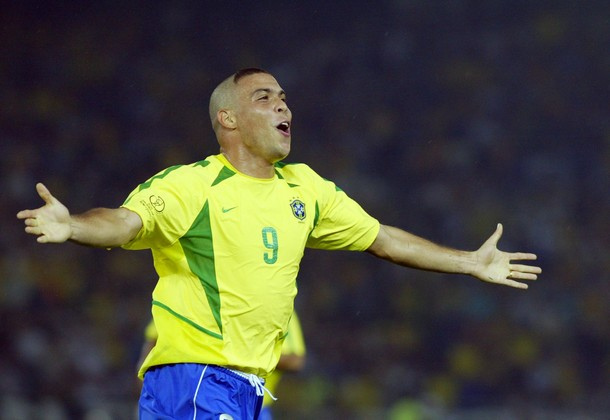
It is obviously the players under the kits that are more important rather than the colours they wear, but anything that can be used to steal a march on the competition, as Shankly found out, should not be sniffed at. Maybe the studies should be into what the best state of mind to play the beautiful game is, and then the colour can follow. If the best way to play is in a relaxed and free attitude then white may be the way forward, if it is best to play under strong emotion than an all red may be a good choice.
Success Numbers by Kit Colours
The success of Liverpool, Manchester United and Arsenal domestically highlights that in England red really does seem to enhance performance.
The number of top division titles won by the different colour strips in the last 40 years can be seen below;
Number of English Championships won in the last 40 years
1972/73- 2011/12
Red 29 Titles

Blue 5 Titles

White 3 Titles

Claret 1 Title
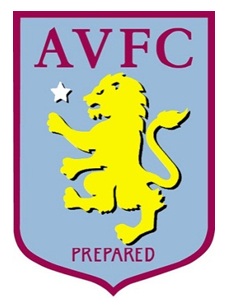
Blue & White 1 Title
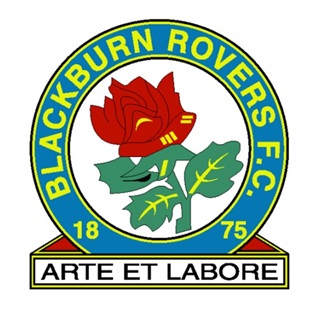
Sky Blue 1 Title
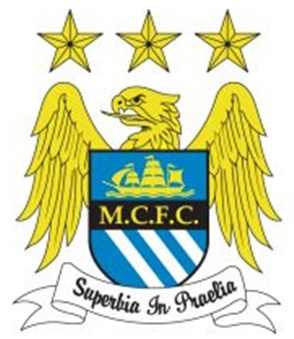
Maybe this is just coincidence, or maybe the studies are correct, and red really is the best kit colour to have.
It’s hard to make a definitive argument in support of the ability colours have to subdue, nullify of even intimidate the opposition. But research shows that the positive effects of colour choice in sportswear need to be taken into account to ensure a level playing field in sport.
Most importantly, it showed that there were definite consequences which provide a compelling argument for further studies into the effects of team colours in a competitive arena.
Rest assured, if the use of colour in football kits can be more accurately quantified, then clubs will invest time and money looking into the whole phenomena to gain whatever sporting advantage they can.
Image Rights: BruceTurner, Goundry 2000, Bojde, mi4u, luke_nowell, markwest, yaladeen, noriego, micheslsibble, ibrahim.ahemed17, Blog Gallery, Copyright Historical Football Kits and reproduced by kind permission.









